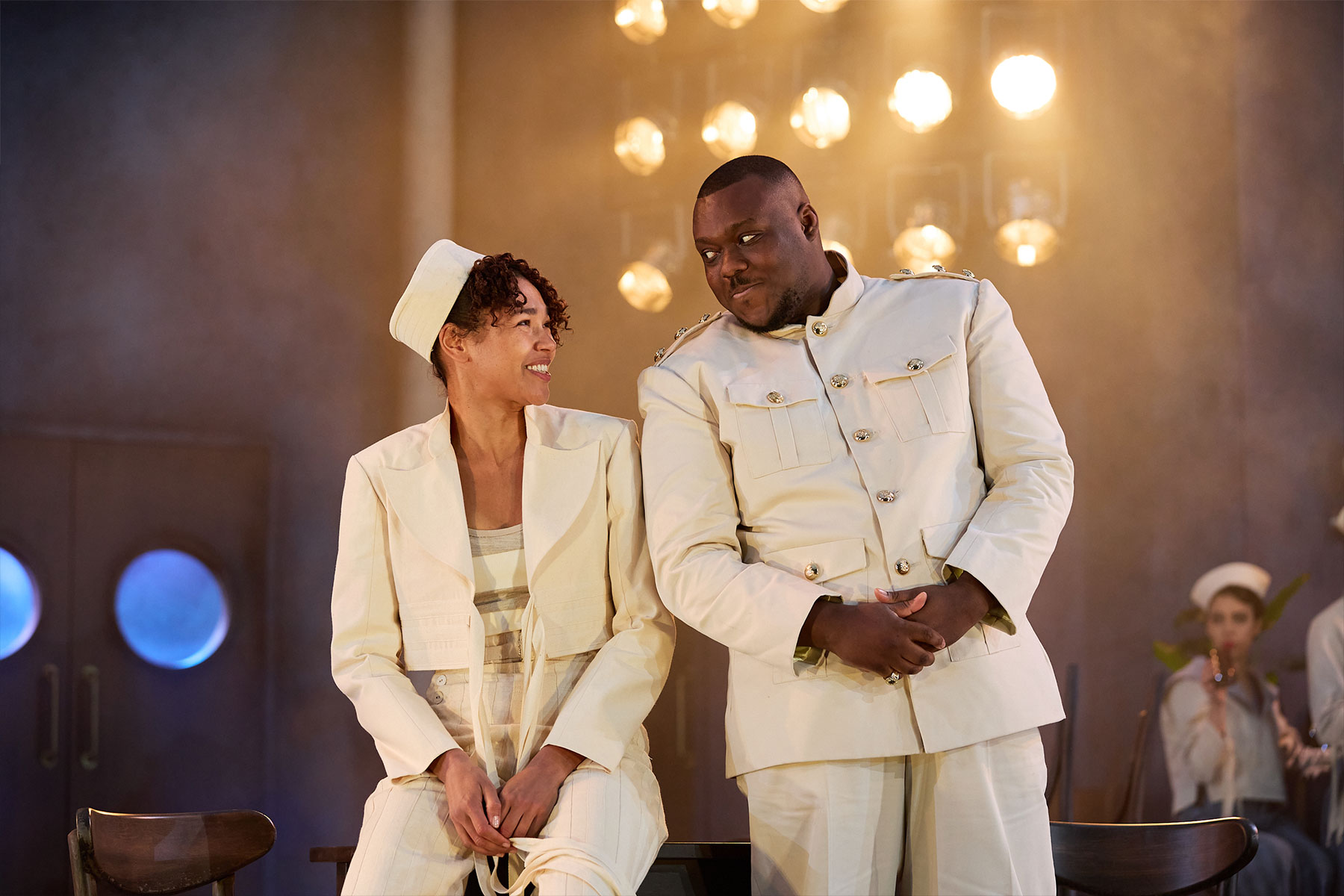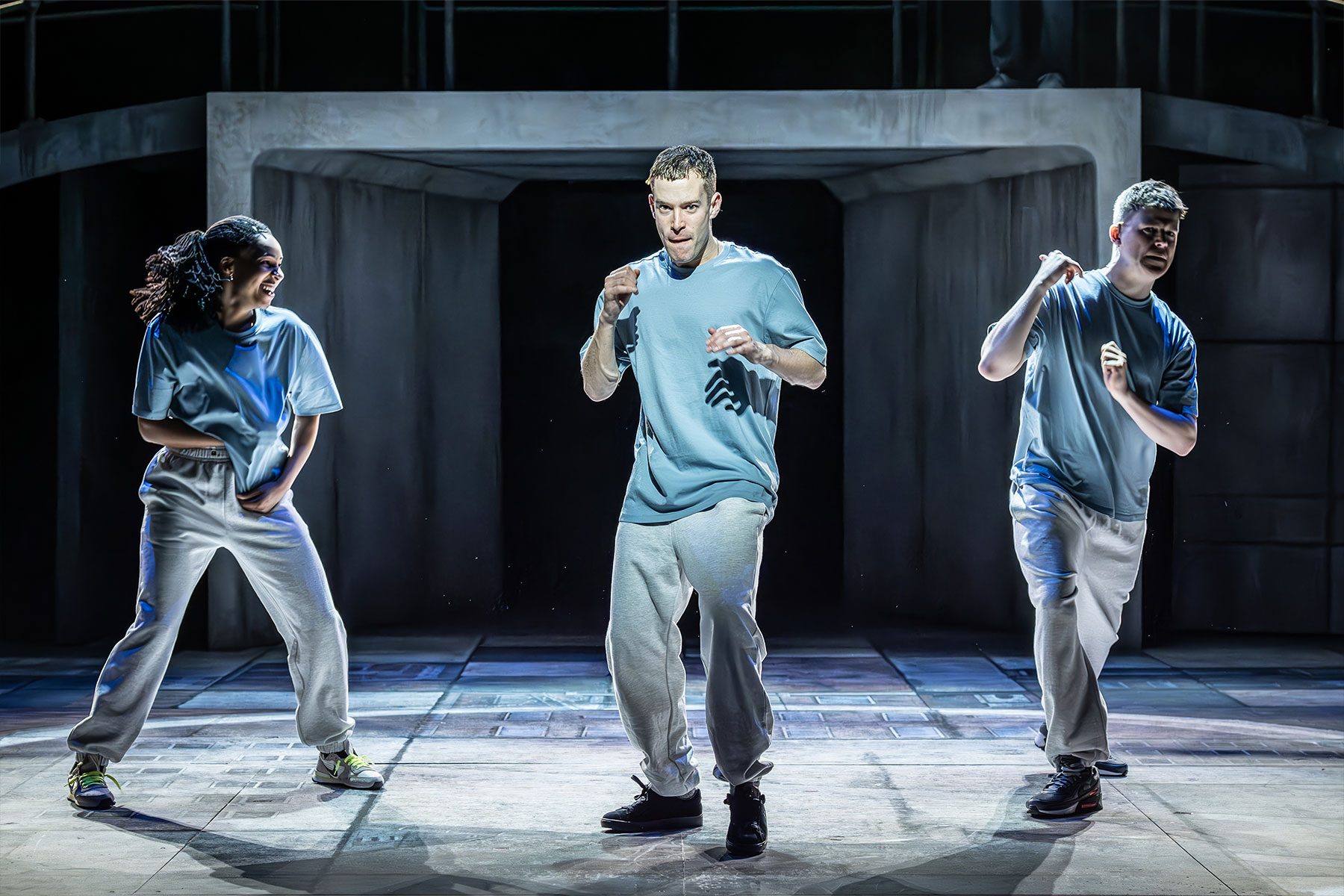Andersen’s English (Leeds)
While a triumph on certain levels, Sebastian Barry’s Andersen’s English, jointly produced by the Out of Joint theatre company and Hampstead Theatre and directed by Max Stafford-Clark, is ultimately an unsatisfying experience.
It tells the story of an 1857 visit by acclaimed Danish children’s writer Hans Christian Andersen to Gad’s Hill Place, the house of iconic author Charles Dickens and his large brood. As Andersen’s stay extends, so the troubles and tensions simmering under the surface of the Dickens family start to bubble to the surface.
While undoubtedly an intriguing premise, the main problem with Andersen’s English, is that too much is packed into its modest one hour and forty-five minute running time (not including the 20-minute interval). Rather than a cohesive dramatic structure, the play unfolds more like a series of soap-opera type vignettes as each character’s problems are revealed and dealt with. Although this gives the actors a chance to shine, it has the effect of diluting much of the emotional impact.
Another problem is Andersen’s role in the proceedings. At first his presence appears to be largely for comic relief as his broken English leads to some amusing Clouseau-esque moments of mispronunciation, but as the play unfolds his omnipresence becomes an unsettling experience, a stranger looking on, almost voyeuristically, as a family falls apart.
But despite these shortcomings, the strength of the cast manages to hold it all together. Danny Sapani is an inspired choice to play Andersen and he achieves much in a difficult role, delivering an exuberant performance tempered with the necessary bewilderment and frustration of a stranger in a strange land. Lisa Kerr also stands out as Aggie, an Irish maid whose cheery demeanour belies her own secret.
However the backbone of the play, and its most successful aspect, is the disintegrating relationship between Charles Dickens and his wife Catherine. As Dickens, David Rintoul dominates the stage, conveying the desires and disappointments of the author as he attempts to retain control of his family. Rintoul’s performance is complimented perfectly by Niamh Cusack’s subtle portrayal of Catherine, a woman whose deep unhappiness is infused in every scene.
While ostensibly a drama, Andersen’s English does contain a sprinkling of humour and inventive whimsy, not least through the use of puppets as stand-ins for the youngest members of the Dickens clan. However, while the device works well during a family dinner, with the actors providing the voices, it is less effective in more intimate scenes when misplaced sniggers could be heard among the audience members.
Additional enjoyment is derived from Lucy Osborne’s set design. With a scattering of furniture, a fireplace, a bed and a few other items, the small stage is transformed into the vast Dickens house and garden, as well as Crystal Palace, Telegraph Hill and much more besides. Both the set and costumes successfully evoke the Victorian age in which the play enfolds.
Overall, while the actors should be applauded for their spirited work, Andersen’s English, in many ways, fails to satisfy its potential, leaving a question over what a meeting of these literary giants might have produced.
– Hannah Giles










